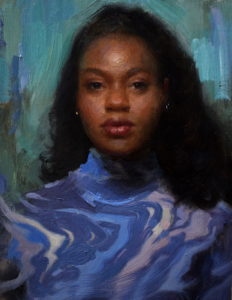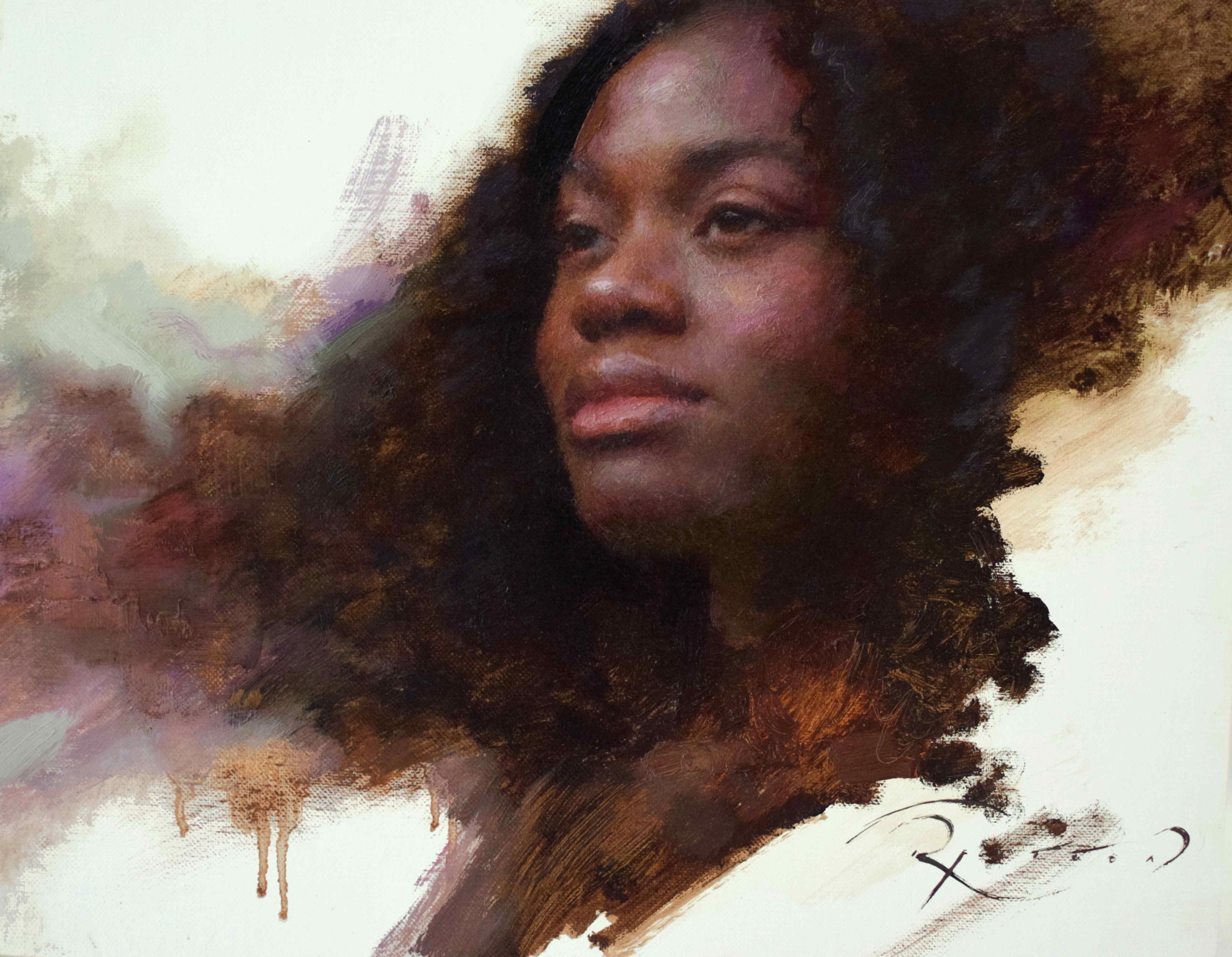Line series part 2: Nicolai Fechin and the line between order and chaos
Line series part 2: Fechin and the line between order and chaos
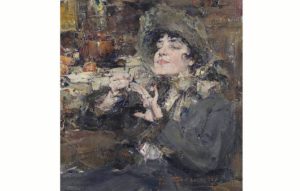
 In the previous blog in the line series, I discussed the work of Hans Holbein the Younger, one of the most influential draughtsmen in history. One of Holbein's biggest fans is someone you might not expect if you had only seen his paintings. I'm of course talking about early 20th Century Russian American artist, Nicolai Fechin.
In the previous blog in the line series, I discussed the work of Hans Holbein the Younger, one of the most influential draughtsmen in history. One of Holbein's biggest fans is someone you might not expect if you had only seen his paintings. I'm of course talking about early 20th Century Russian American artist, Nicolai Fechin.
Looking at his paintings, which contain no obvious allusion to line, you might think he was more inspired by the works of someone like Antonio Mancini. Fechin is known for his highly textural, almost abstract paintings that play on the dichotomy between chaos and order, abstraction and realism.
And unlike Holbein, Fechin’s drawings do this too. But, very much like Holbein, Fechin delicately balances his drawings on the subtle beauty of outline and accent. In his works we see a contrast between this idea of soft lighting, dramatic line work, minimal modelling and chaotic textures.
You can quite quickly see how Holbein's economic use of line and tone influenced Fechin. Indeed, Fechin actually copied several Holbein drawings.
The solidity of line
While Holbein kept his drawings clean and crisp, Fechin opted for a more varied textural approach. But the thread that holds both artists’ drawings together is that solidity of line. In Holbein’s the clean line gives form to the relative emptiness on the rest of the page. In Fechin’s the strength and certainty of line holds together the sense of chaos and disorder elsewhere in the drawing.
What sets Fechin apart from many portrait artists in history is that his sense of beauty does not conform to traditional idealisations. Instead, he sought to capture the asymmetry of the human face, the unusual and at times the grotesque. Some of his more bizarre characters might be likened to the ‘tronie’ paintings of the Dutch Golden Age.
Fechin’s drawings are unique. They are often mistaken for modern works for their boldness when in fact many contemporary artists frequently attempt and often fail to imitate him.
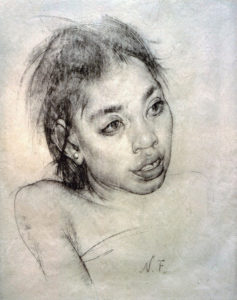
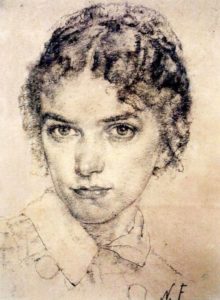
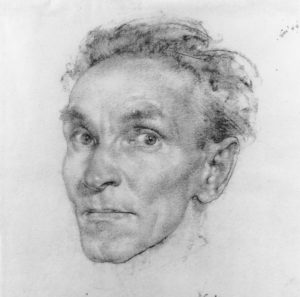


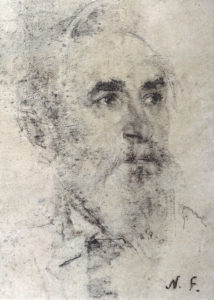
Ruth Fitton Workshop at my studio
Ruth Fitton Workshop at my studio
 This is an incredibly exciting announcement. Just one month since opening my new studio at Wimbledon Art Studios, I’ve managed to pull in Ruth Fitton, a fantastic portrait artist - one of the country’s best, in my opinion - to teach a three-day workshop. Perhaps this blog is a little late because just 18 hours after announcing on Instagram, it was completely sold out.
This is an incredibly exciting announcement. Just one month since opening my new studio at Wimbledon Art Studios, I’ve managed to pull in Ruth Fitton, a fantastic portrait artist - one of the country’s best, in my opinion - to teach a three-day workshop. Perhaps this blog is a little late because just 18 hours after announcing on Instagram, it was completely sold out.
That is perhaps no surprise considering Ruth has had a bit of a whirlwind year. She was on my radar as one to watch for the last couple of years, but she’s really flown this past 12 months and has the accolades to prove it. She has won several awards including the Purchase Award from the highly respected Art Renewal Center and the Young Artist award at the Royal Institute of Oil Painters exhibition. She’s also shown at some of the most highly regarded events in the calendar for us representational artists, including the group show ‘Five and Under’ at Arcadia Contemporary, the ARC International Salon at Sotheby’s, NYC and MEAM, Barcelona. Oh and by the way, one of her paintings has been selected to be sent to the moon (don’t worry, it won’t be the real thing). To top it all off, she is now represented by the prestigious Fine Art Commissions in London.
I love the way Ruth paints. Her colour is always fresh - classy harmonies of neutrals bolstered by hits of chroma. Her paint texture, too, is something to marvel at - the build up of several layers of paint creating intricate networks of impasto, contrasted by moments of thin wash or bare canvas.
From her quick alla prima sketches to her magnificent large-scale works, she’s really on to something.
This is what Ruth has to say about her process: “I have always been fascinated by the human face, with its unique capacity for character and communication.
“Painting from life is the core of my practice. It is balanced by a keen curiosity for texture, layers, and edges. I constantly seek the most imaginative ways to make paint replicate the feel and character of what I’m seeing.
‘Quick, immersive live studies are generally followed by intense periods of studio work. My paintings range from opulent life-sized pieces, to figures set within landscapes, to
delicate miniatures.”
Check her out on Instagram at @ruthfittonportraits
